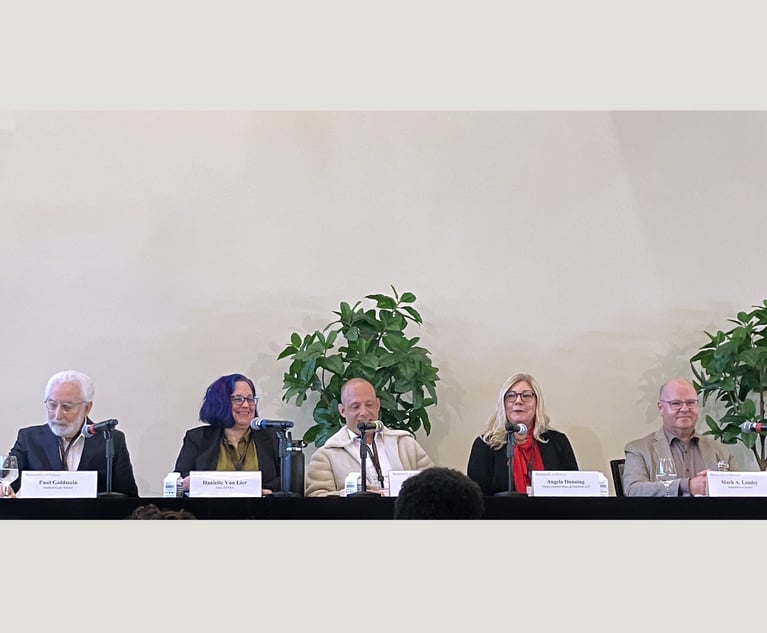The COVID-19 pandemic has tilted the world of commerce decidedly—and perhaps irrevocably—toward a model where the fundamental point of contact between consumer and business is online. Put simply, a restaurant these days needs a website just as much as a kitchen, in order for customers to place pick-up or delivery orders consistent with physical distancing directives. An orchestra needs a way to deliver performances to audiences while concert halls are closed to crowds. An academy needs virtual classroom settings where teachers and students can communicate, assign and turn in homework, and give and take tests.
As a practical matter, these changes will translate into myriad new websites, novel digital content, and an increase in online consumer traffic. Each new website, however, is a risk, for each one represents a potential lawsuit. Specifically, every time a business creates a new digital interface with consumers, there will be an active bar of litigants examining that website for shortcomings under the World Wide Web Consortium’s Web Content Accessibility Guidelines (WCAG)—and preparing a corresponding demand letter or lawsuit asserting a digital accessibility violation under the Americans with Disabilities Act (ADA) and analogous state disability discrimination laws.







